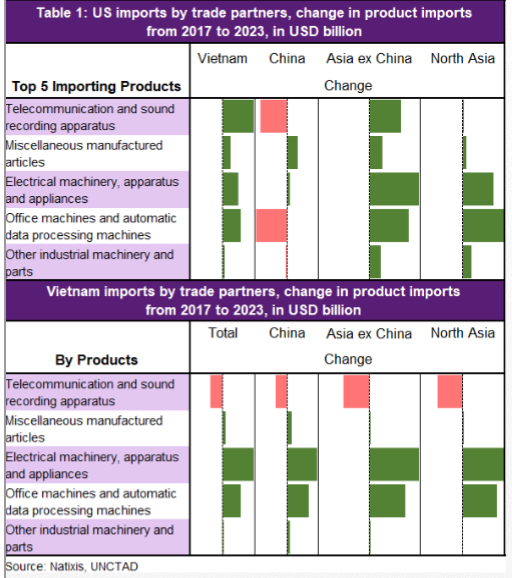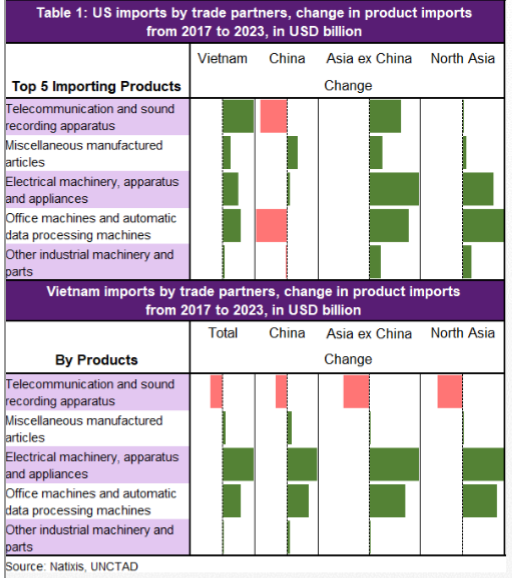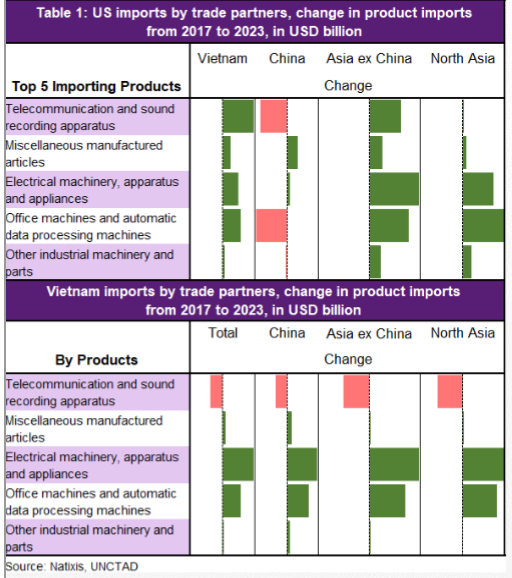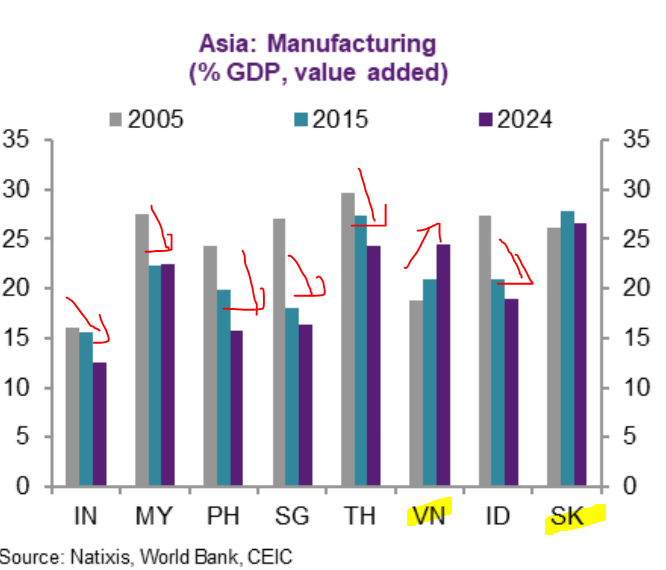Morning, as promised, we'll talk about Indonesia, which is in the news for the central bank monetization (private placement of gov debt).
But the big story on Indonesia is always how weak its manufacturing exports is. How weak you ask? Well, only USD75bn for a trillion eco.🇮🇩
But the big story on Indonesia is always how weak its manufacturing exports is. How weak you ask? Well, only USD75bn for a trillion eco.🇮🇩
https://twitter.com/Trinhnomics/status/1430341318782296065

Indonesia is the only economy in ASEAN-5 whose manufacturing exports is < less than its commodity export.
What does that mean? It's utilizing only its resource comparative advantage & leaving labor behind.
Another fact: SME employment > 90% of total. These 2 facts are linked.
What does that mean? It's utilizing only its resource comparative advantage & leaving labor behind.
Another fact: SME employment > 90% of total. These 2 facts are linked.

And so it's difficult for me to speak of Indonesia because when I see its trade, it makes me a bit sad that it's not realizing its demographic potential by attracting more manufacturing FDI, which is looking for a home.
The flip side of this chart is INVESTMENT, which is weak.
The flip side of this chart is INVESTMENT, which is weak.

I don't know if u remember but last year I did a lot of work on FDI & u must never forget this: TRADE & INVESTMENT ARE THE SAME THING. So when you see Indonesia manufacturing exports so low, u immediately should say, well, investment is low & jobs scarce. OK, what does it export? 

So u may ask, well, what does it sell to the world? Commodity! What commodity? Palm oil - Indonesia has 48% global market share.
Other than that, coal, 18% market share, which it sells to China & Japan, SK, & the US.
Natural gas also big. And rubber.
Other than that, coal, 18% market share, which it sells to China & Japan, SK, & the US.
Natural gas also big. And rubber.

You have to go down pretty far the list to get to manufacturing exports - the biggest is footwear. But its market share is small. Textile is small too.
Meaning, Vietnam is attracting much more FDI in manu than Indonesia & u can see it here in the details of its export structure
Meaning, Vietnam is attracting much more FDI in manu than Indonesia & u can see it here in the details of its export structure

Finally, where do all these commodities + manufactured goods go?
China imports most of Indonesia's commodity (think palm oil, coal etc).
The US is big too but mostly final goods. The EU and Japan also import a lot of commodities from Indonesia (think palm oil, which is in tons)
China imports most of Indonesia's commodity (think palm oil, coal etc).
The US is big too but mostly final goods. The EU and Japan also import a lot of commodities from Indonesia (think palm oil, which is in tons)

• • •
Missing some Tweet in this thread? You can try to
force a refresh









